Photographers Gain Entry into Traditional African Village Where Every House Is a Work of Art 하나하나가 모두 예술작품인 아프리카 전통가옥
Photographers Gain Entry into Traditional African Village Where Every House Is a Work of Art
By Emma Taggart on December 18, 2017
Photo: Rita Willaert
하나하나가 모두 예술작품인 아프리카 전통가옥
아프리카 부르키나파소에 있는 타이벨 마을이다
사진 촬영은 리타 빌라트와 블로거인 올가 스타브라키스가 함께 참여했다.
image: google map
황기철 콘페이퍼 에디터 큐레이터
Ki Chul Hwang, conpaper editor, curator
Nestled at the base of a hill, overlooking the Savannah, lies Tiébélé—an African village in Burkina Faso. First settled in the 15th Century, the 1.2-hectare commune is home to the Kassena people, their chief, and royal court—together making up one of oldest ethnic groups in Burkina Faso. In 2009, photographer Rita Willaert and travel blogger Olga Stavrakis were lucky enough to be some of the few people ever allowed to visit the isolated site.
Willaert’s photos document the villagers’ untouched, unique way of living, where local traditions have been protected for centuries. Stavrakis recounts their experience, explaining how before they arrived they were even given a dress code: “We were told in advance that we must not wear anything red and we may not carry an umbrella. Only the chiefly noble family is permitted that privilege and to do so would constitute a great affront to our hosts.”
Although a royal village might sound opulent, this village is anything but. The Tiébélé royal residence is made up of a series of small clay houses that are hand-painted in different geometric patterns and symbols using clay paints. These patterns are one of the visual indicators that differentiates the royal homes from that of the “ordinary people.” Another difference is the huts’ door sizes: the chief for example, has the house with the smallest door, for protection. While most of the structures are homes, some of the most elaborately decorated are mausoleums, where the dead are laid to rest.
Inside the royal clay homes are simple kitchens kitted out with just a few clay and iron pots. “Most meals are cooked in one pot over a brazier,” explains Olga, who says meals usually consisted of “a starch foofoo or thick paste like porridge which is then dipped into a sauce of vegetables and peppers. The richer the family the more goes into the sauce.”
You can find more images from the team’s West-African adventures on Willaert’s Flickr, and read more about their experiences on Stavrakis’ blog, Travel with Olga.
The African village of Tiébélé is home to the Kassena people—one of oldest ethnic groups in Burkina Faso.
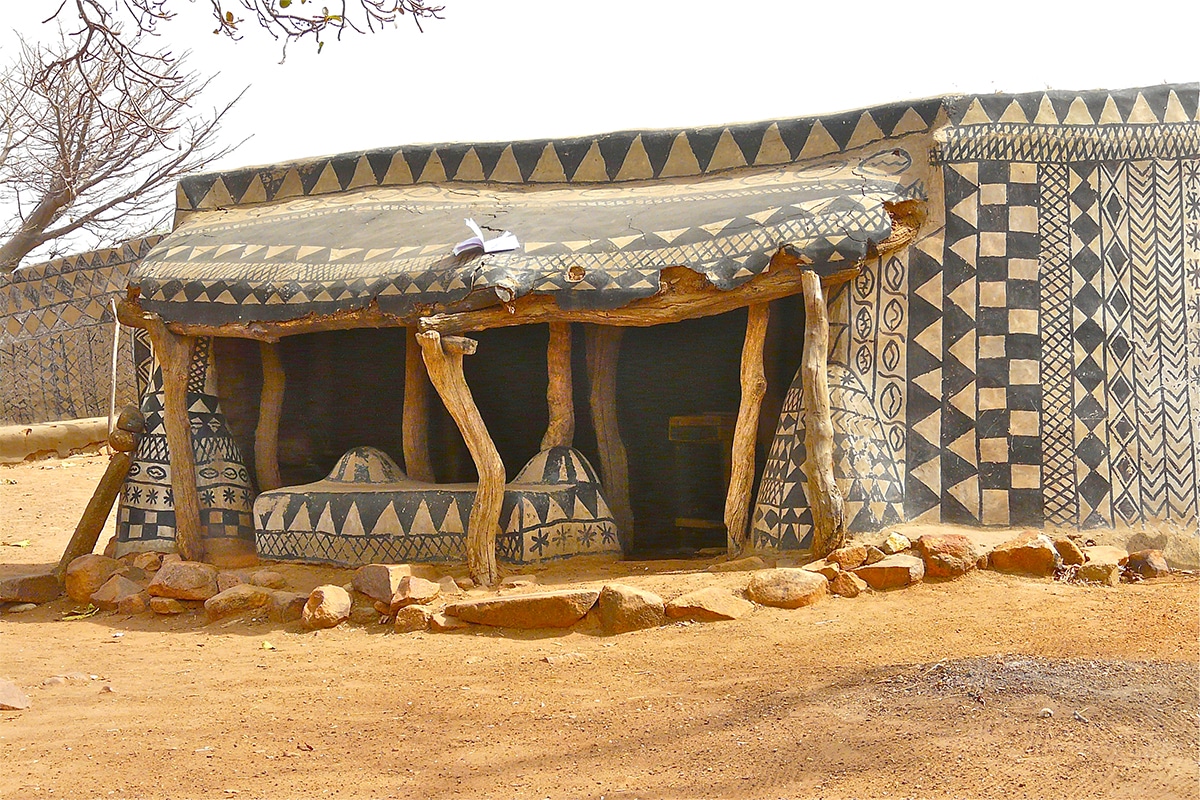
Photo: Rita Willaert
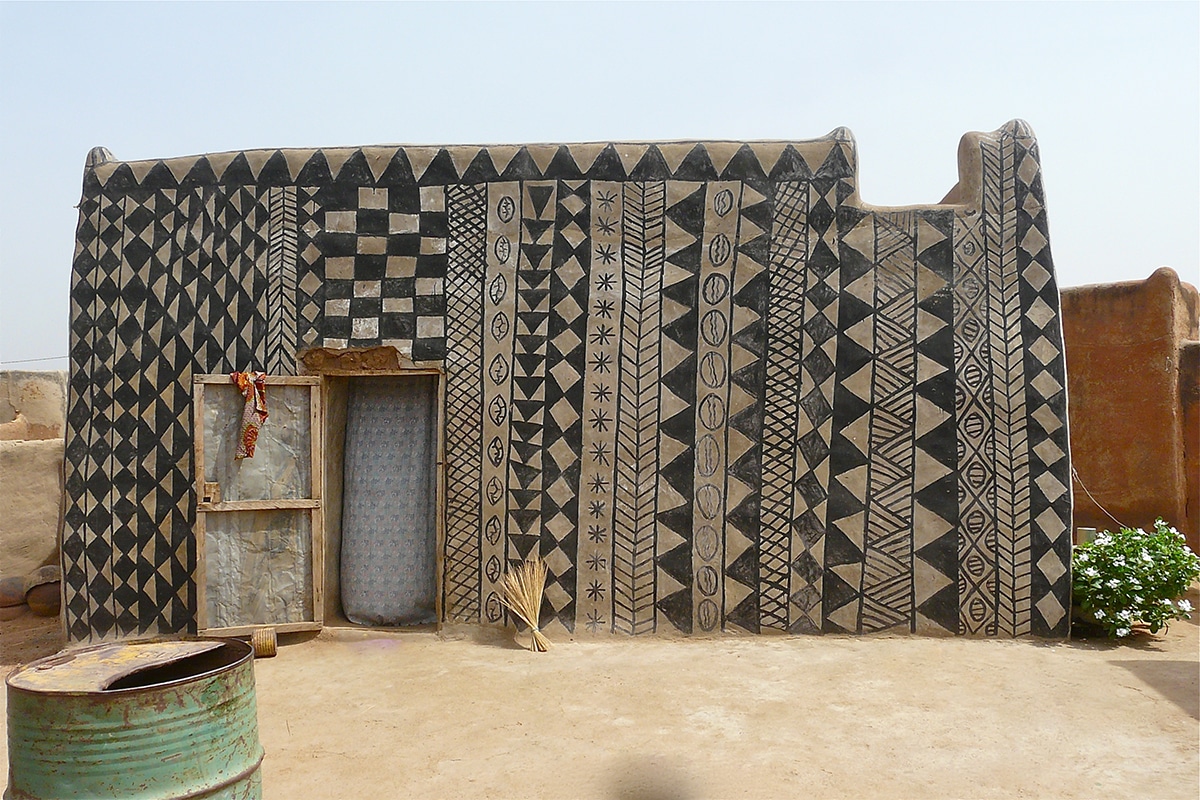
Photo: Rita Willaert

Photo: Rita Willaert
The village’s chief and royal court live in small clay houses that are hand-painted in different geometric patterns that symbolize a person’s importance.

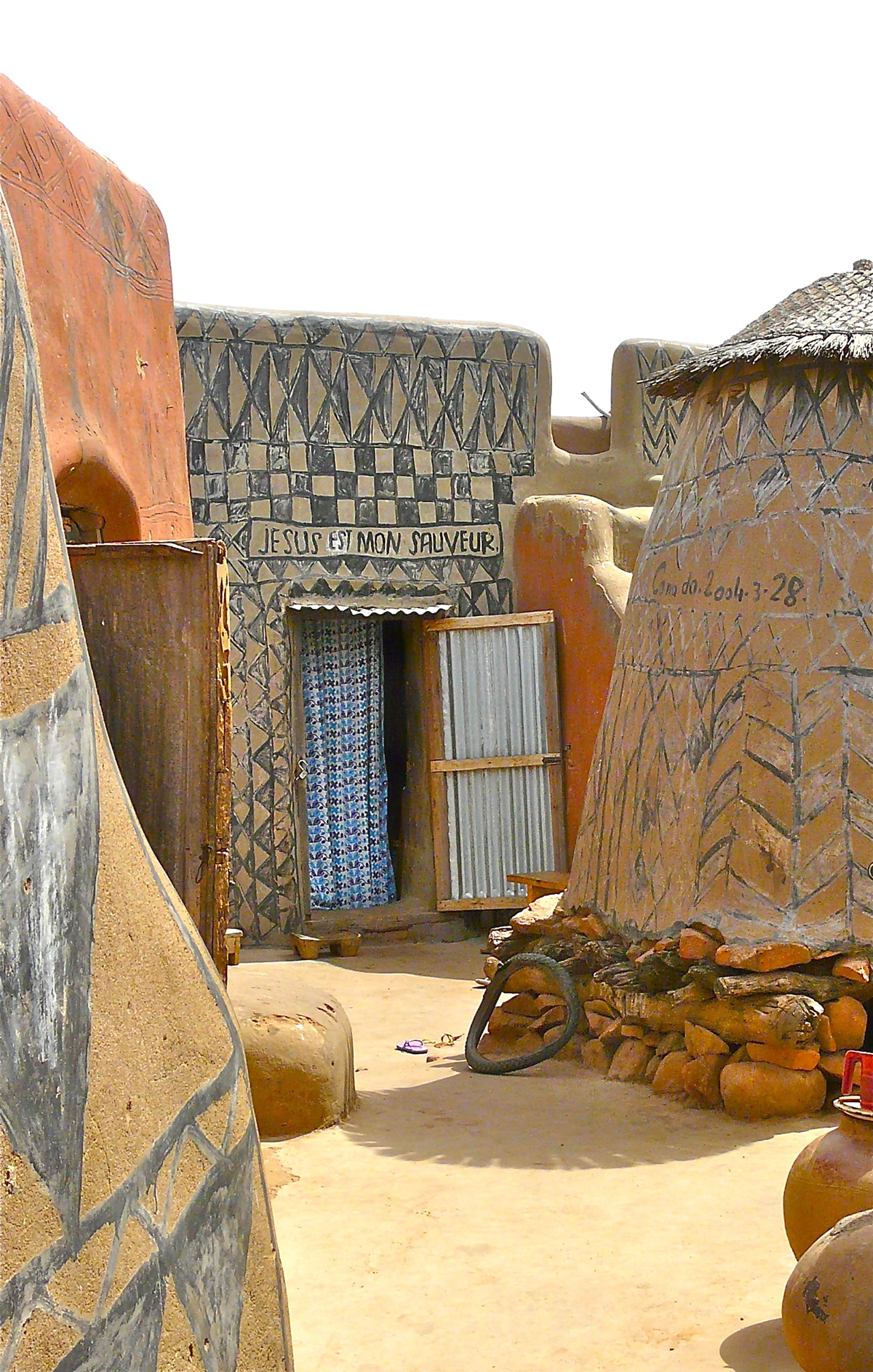
Photo: Rita Willaert
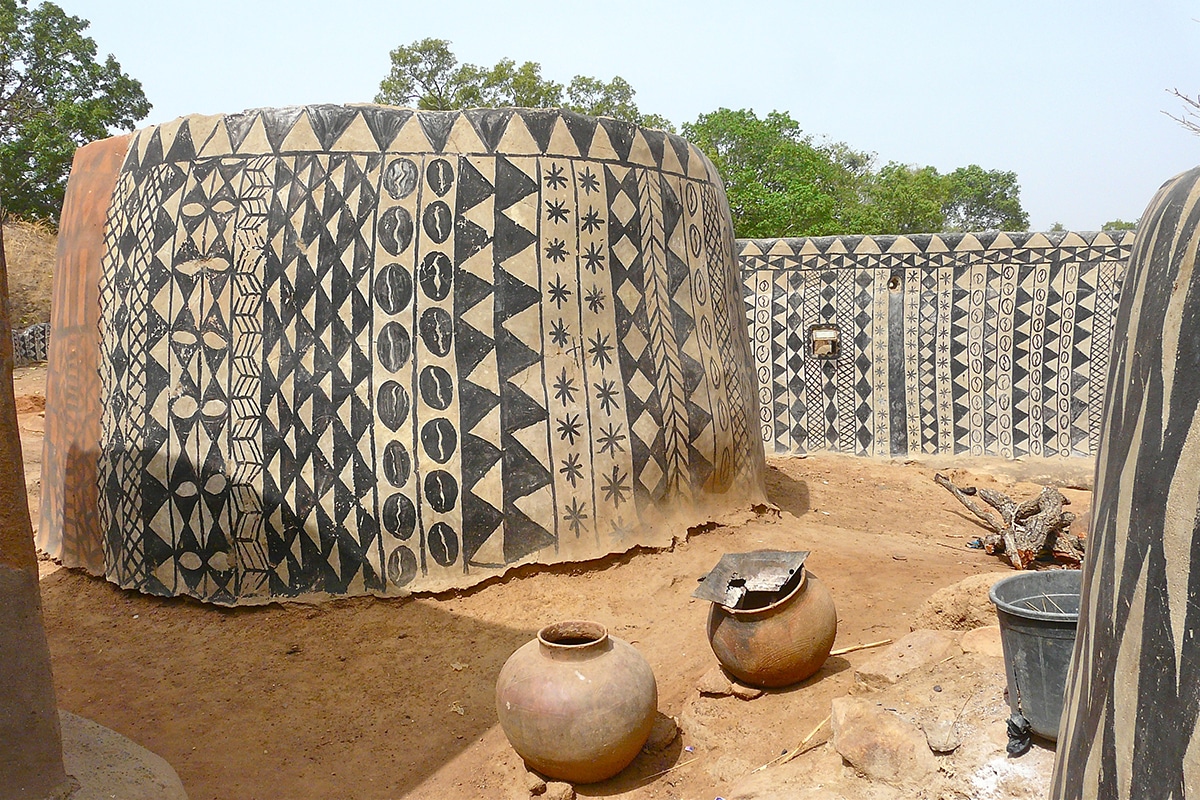
Photo: Rita Willaert
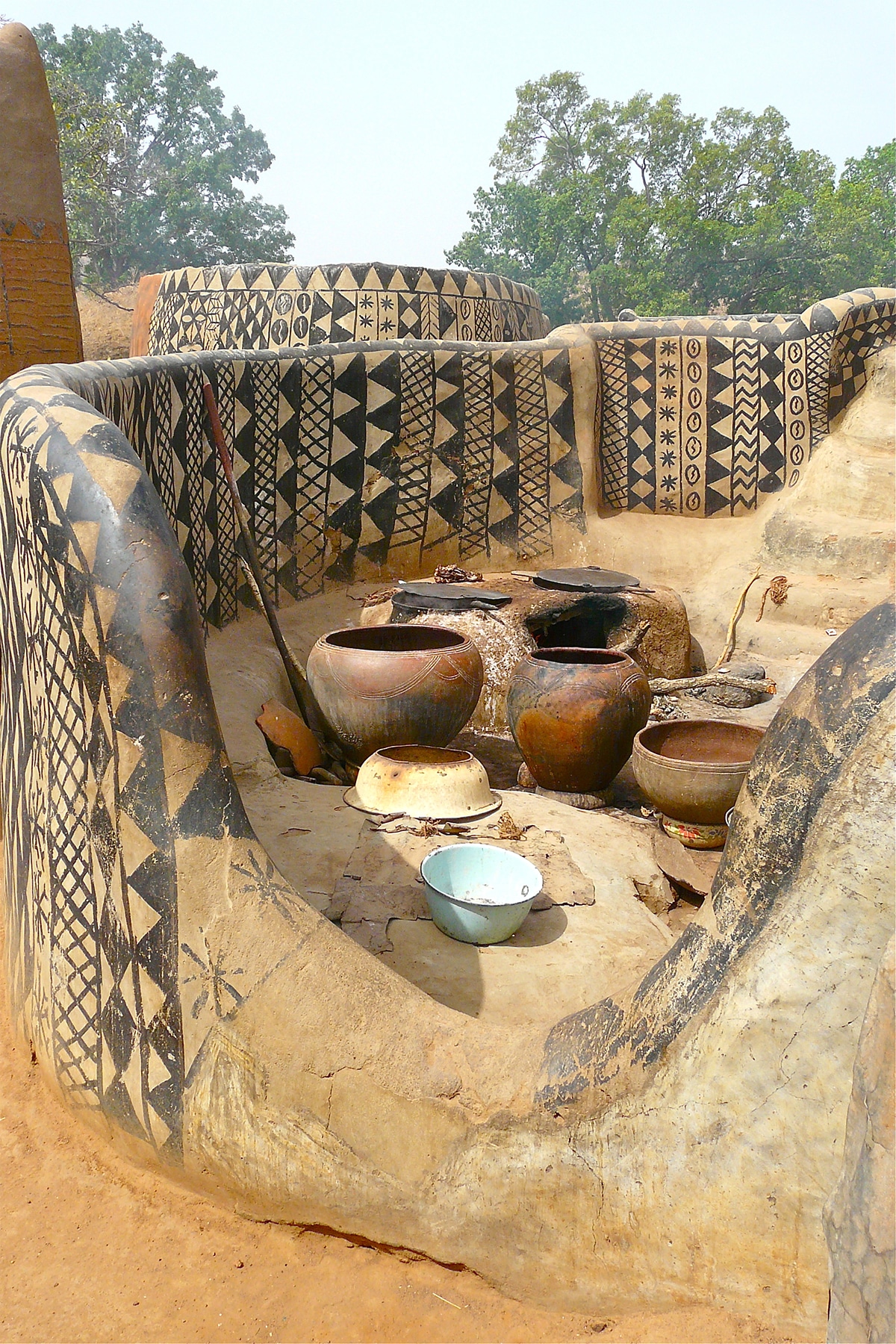
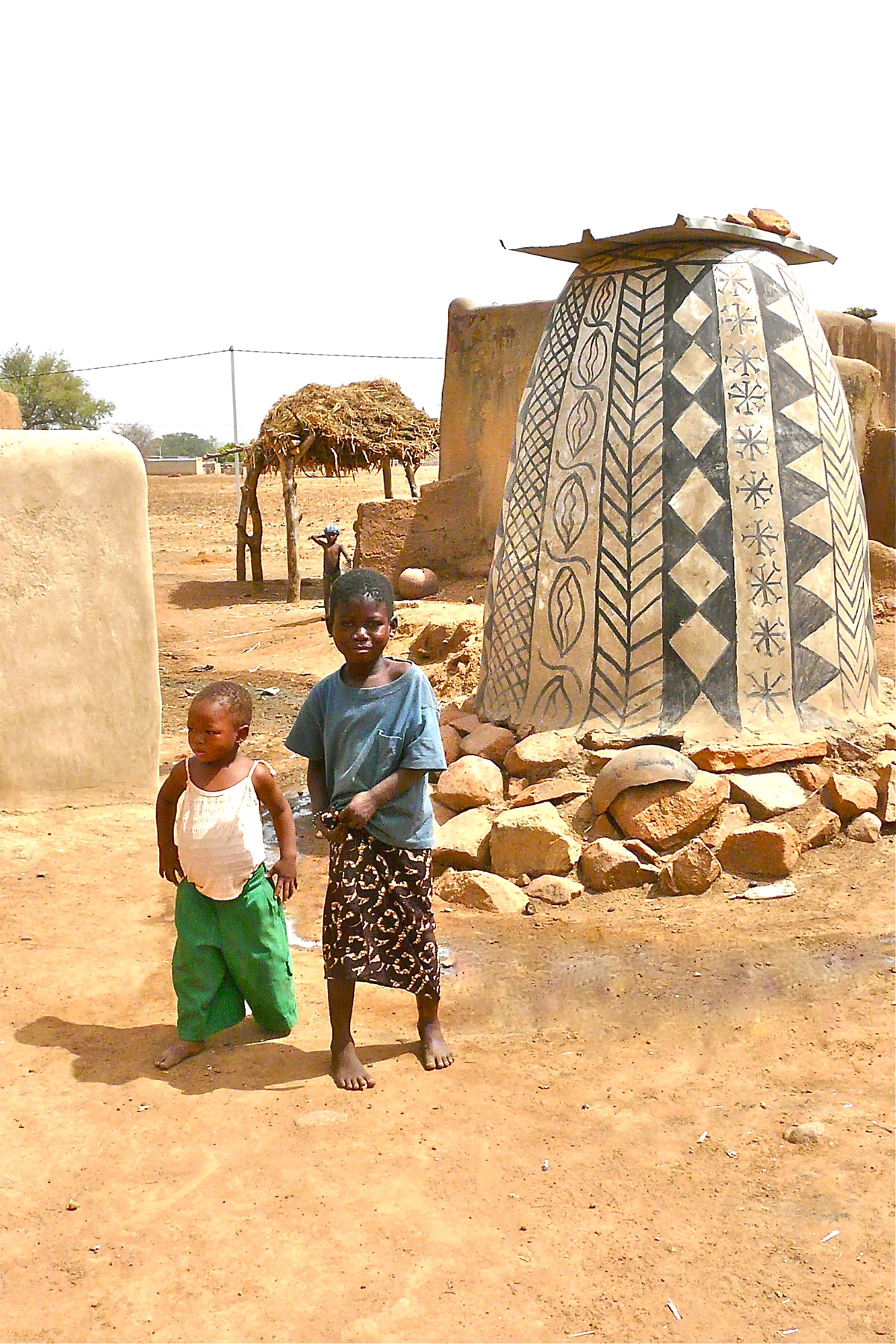
Photo: Rita Willaert
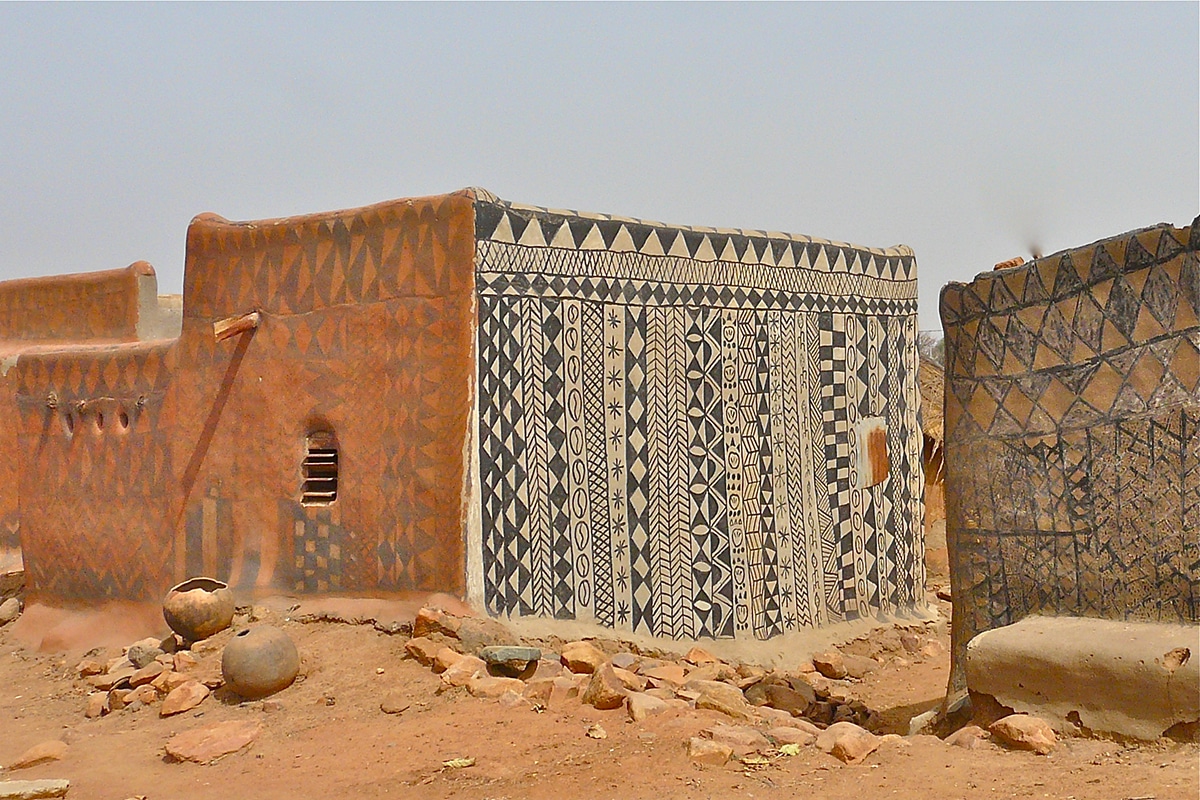
Photo: Rita Willaert
While most of the structures are homes, some of the most elaborately decorated are mausoleums, where the dead are laid to rest.
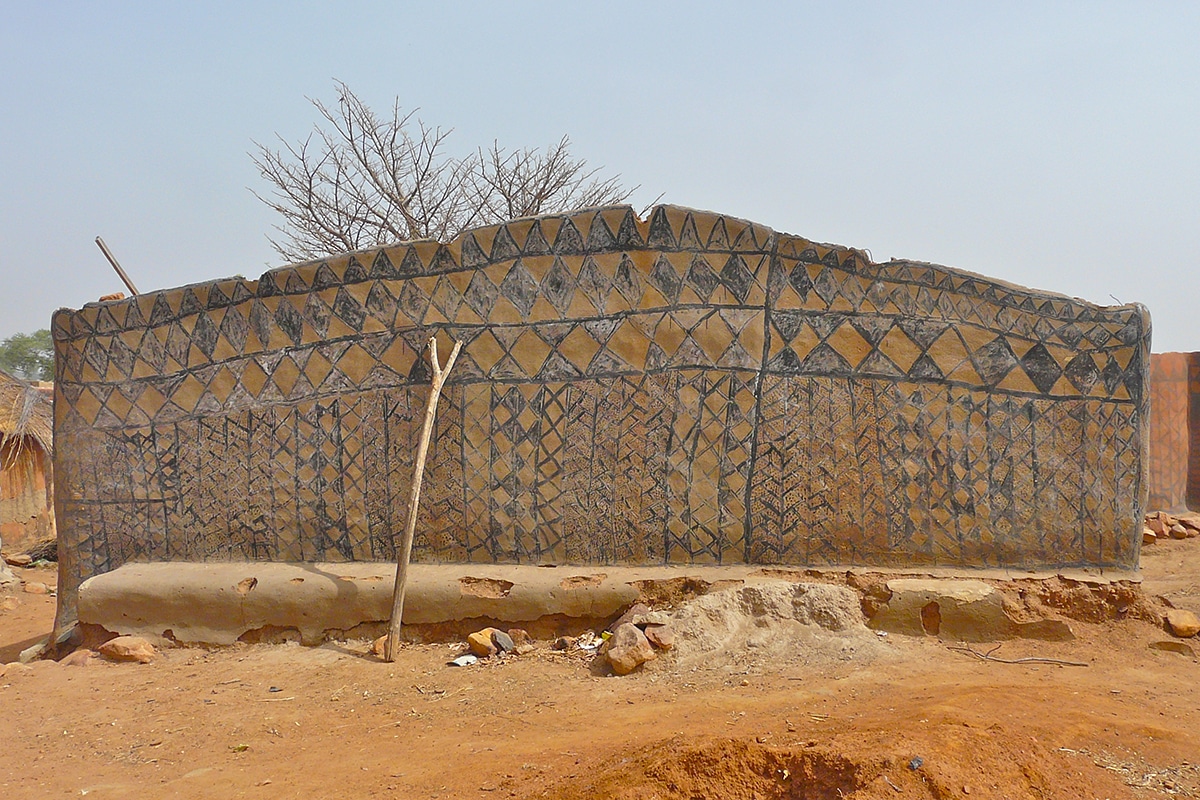
Photo: Rita Willaert
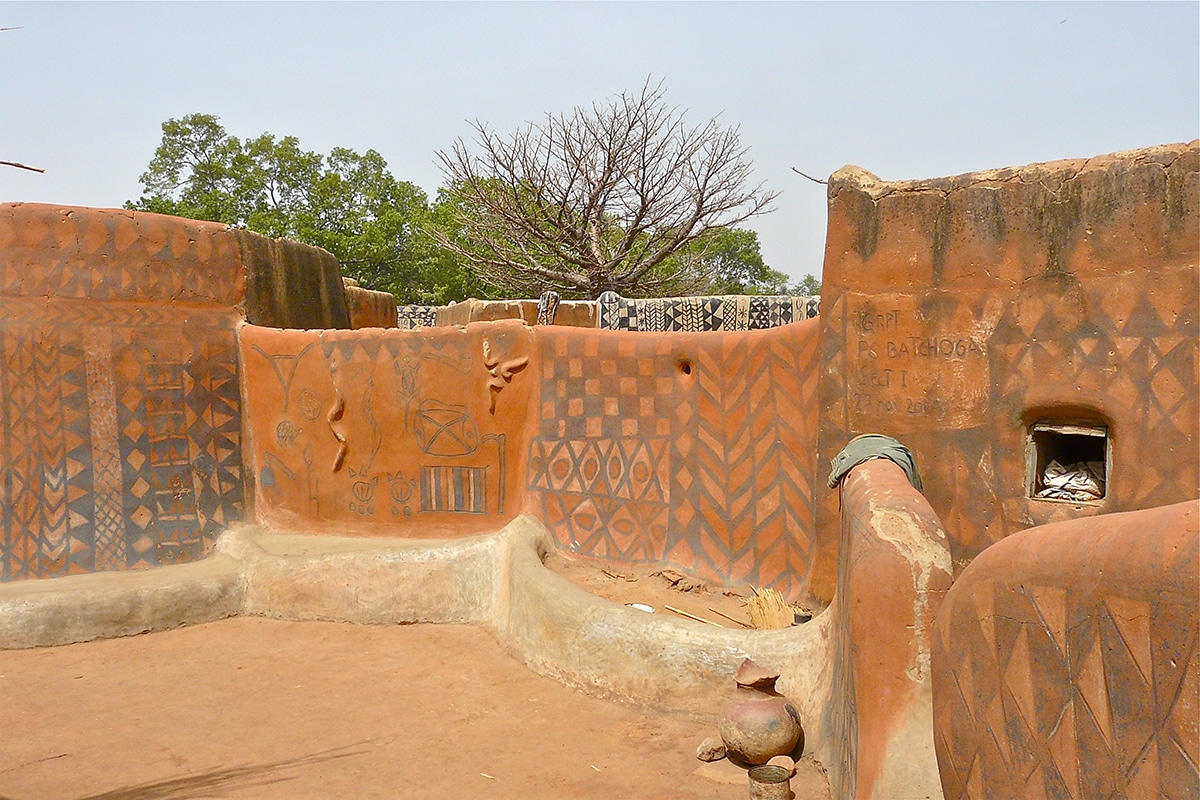
Photo: Rita Willaert
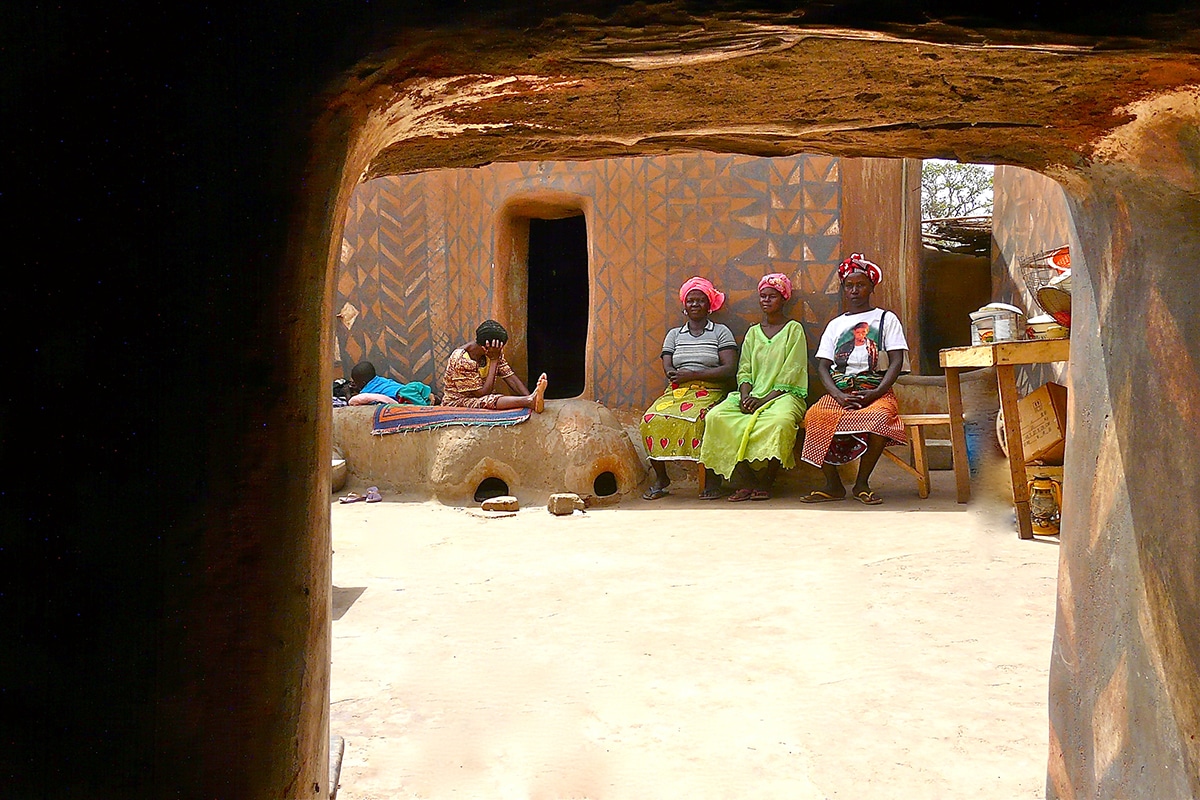
Photo: Rita Willaert
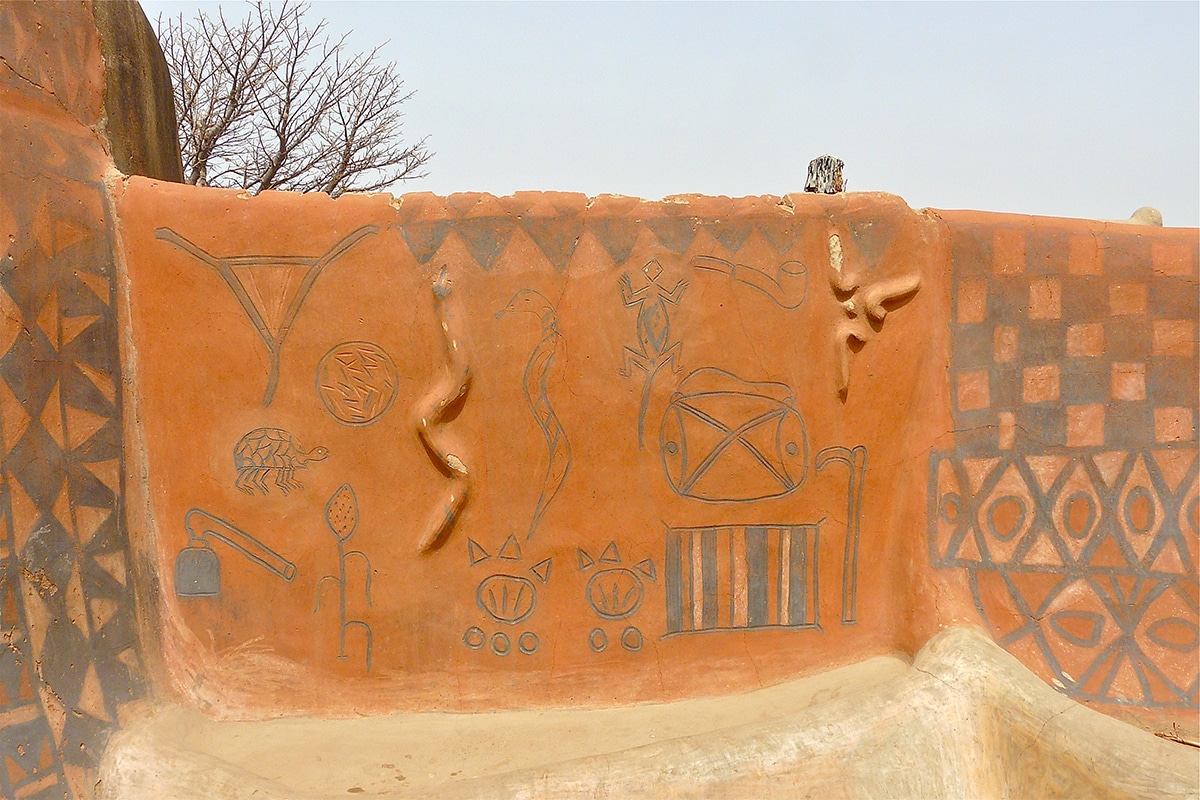
Photo: Rita Willaert
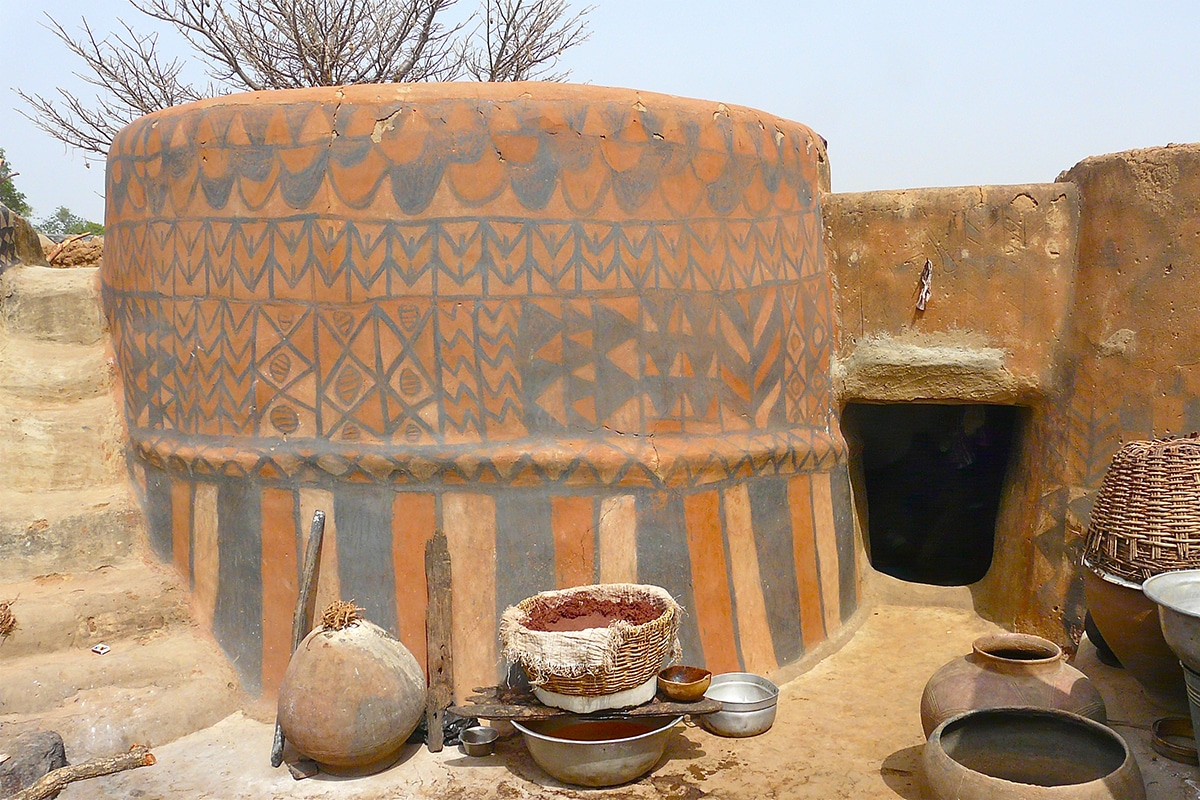
Photo: Rita Willaert
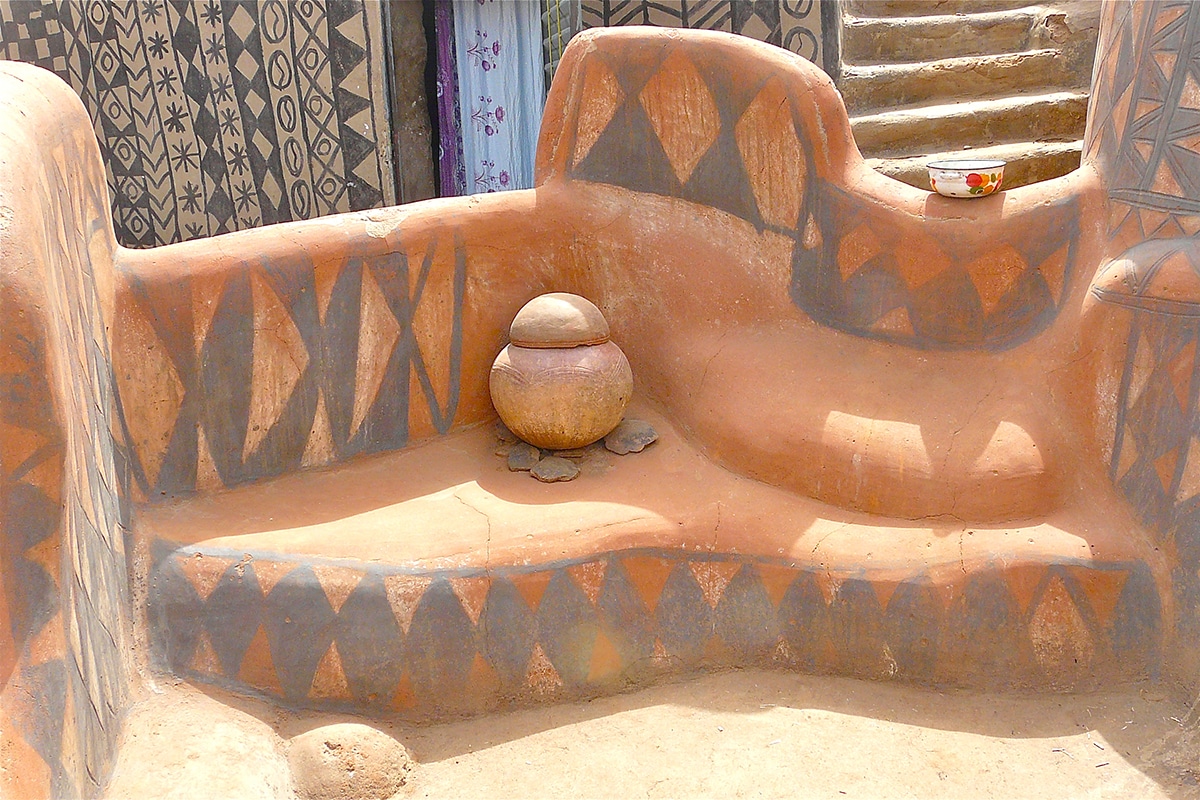
Rita Willaert: Flickr
Travel with Olga: Website
h/t: [Messy Nessy]
All images via Rita Willaert.










